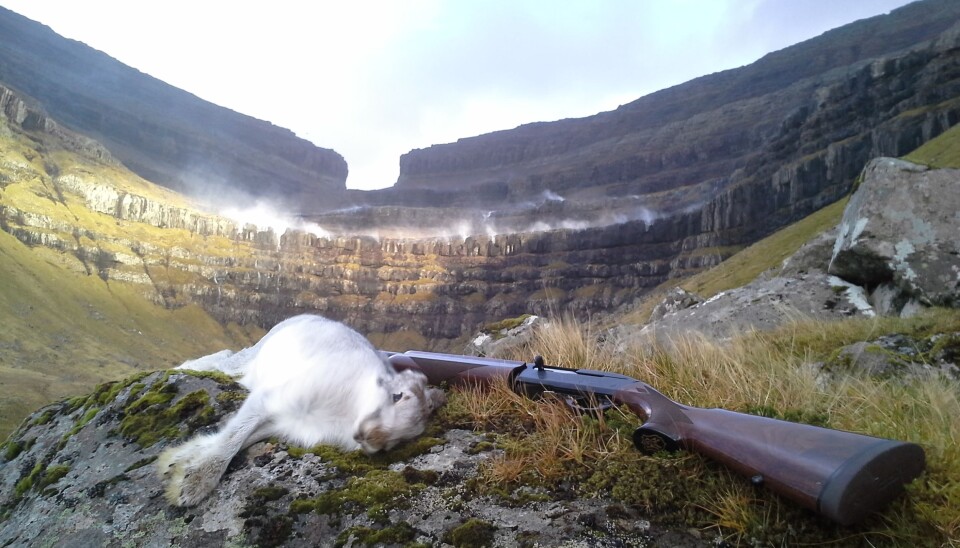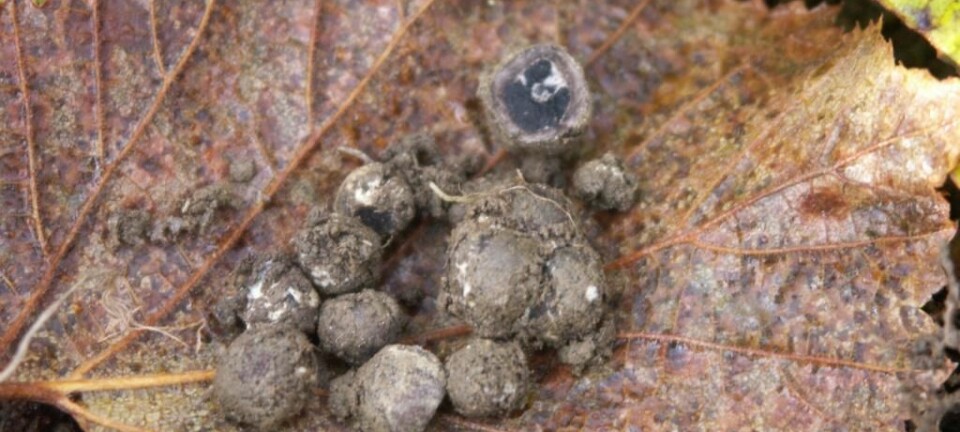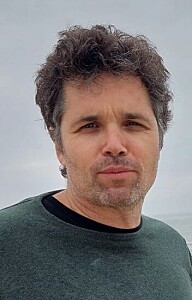
Citizen Science in the Faroe Islands: Helps both hunters and animals
How do you obtain hunting figures in a country where there are no official hunting statistics? Citizen Science is the key.
Each year, in November and December, the annual hare-hunting season takes place on the Faroe Islands.
The practice dates back more than 150 years, but until recently there were no official hunting statistics available. Researchers have struggled to find out just how many animals are killed each year, and how many remain in the wild.
So, researchers in the Faroe Islands created a Facebook Page for hare hunters, where hunters can report their catch and experiences. The information is then fed into a database, helping researchers to keep a tally of wild hare populations.
The idea of the Facebook group turned out to be a huge success, as information came directly from the hunters, who may otherwise not have come forward.
Engaging hunters in Citizen Science
Hunters and academics now have a completely different relationship using Facebook, and the mistrust that often existed between them is expected to reduce significantly.
What’s more, during the hunting season, hunters can now follow the progress of the hunt right throughout the islands.
In this way, the hunters have a degree of ownership over the figures, and are engaged in the project, as they see real benefits that come from helping to collect the data. Unlike in other countries where figures often come from conservationists and ornithologists who have different reasons to collect the data, often intending to reduce or completely stop hunting practices.
A competition is underway
There is also a little sport in it when hunting results become official, and hunters can see each other’s scores online.
But the benefits for the researchers are that they can now see how many hares are shot each year, and if in the future the number of hares decreased significantly, the owner or the authorities could intervene to reduce hunting pressure.
The history of wild hares in the Faroe Islands
The Faroe Islands mountain hare. Lepus timidus, was first introduced for hunting in 1855 from the Norway. They did well and multiplied rapidly as birds of prey were their only enemy. Nine years later, thousands of hares were reported roaming around in the wild.
Today they populate 15 of the 18 islands that make up the Faroes.
The same mountain hares are also found in Scotland, Ireland, Scandinavia, Finland, in the northern part of Russia, and in Siberia. A small hare population is also found in the Alps and on the Japanese island of Hokkaido.
So how many hares are there in the Faroes?
Researchers from the University of The Faroe Islands began recording their own hunting statistics in 2012.
The result was surprising -- 5,381 hares shot during 649 trips in 199 hunting areas throughout the Faroe Islands.
But this pilot project was based solely on voluntary reports filled in by hunters, and so didn’t give the full picture.
Since then, data was collected via the Facebook page, recording 7,756 hares shot in 2013 on 904 trips in 269 areas, and 9,318 hares shot in 2014, in 1,123 trips in 348 areas. It has become firmly established among the hunters, and now includes most hunting areas in the Faroe Islands.
From the hunting statistics gathered so far the total Faroese hare population is currently estimated to be somewhere between 15,000 and 20,000 hares.
Translated by: Catherine Jex










